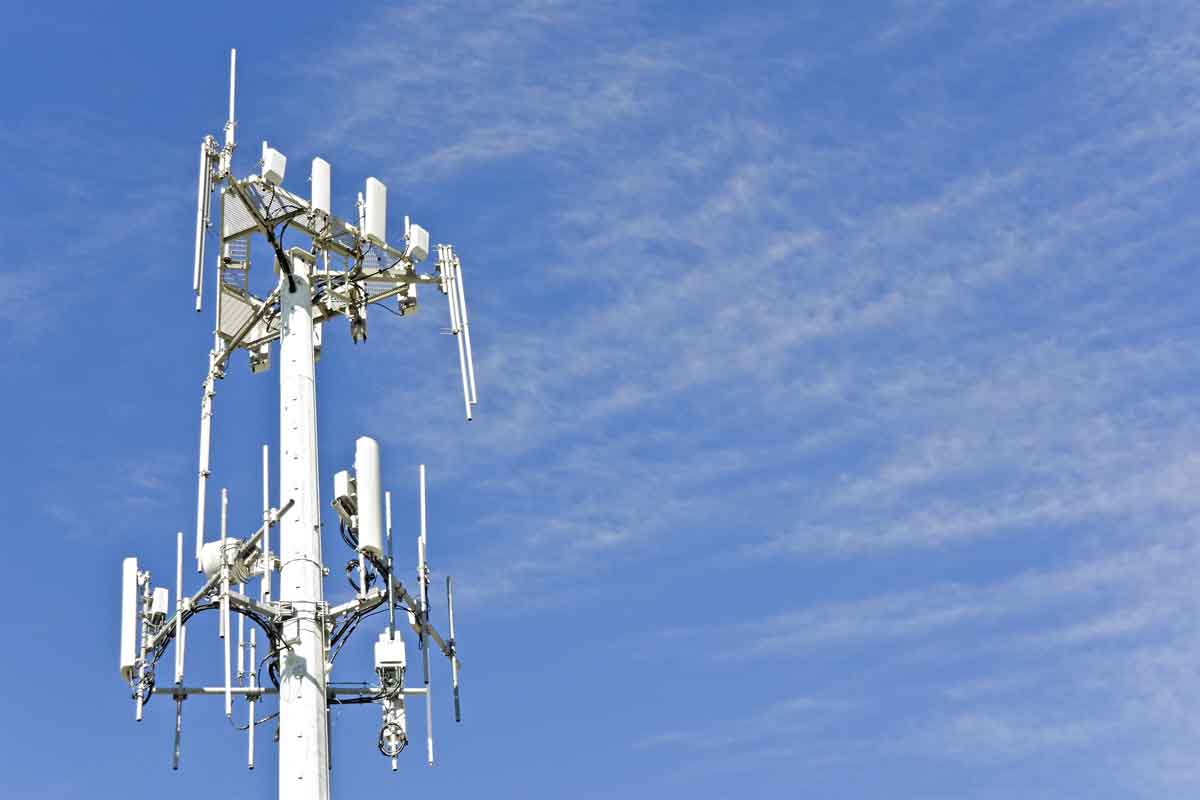Very best safest distance from a 5G cell Tower?

If you've ever wandered through a city and spotted tiny cell towers for 5G placed on poles for street lighting. They look like small boxes however they're actually sending wireless signals from mobile providers to your phone.
The smaller ones are being replaced by larger specially-designed cell towers. Although they're not as visible however, they could cause issues for users.
what is a safe distance from a 5g cell tower is the Federal Communications Commission's Radiation Exposure Thresholds
The FCC's Radiation Exposure Thresholds define the maximum amount of time an individual can be exposed to electromagnetic energy from wireless devices. The exposure limits are based upon scientific research that prove that electromagnetic energy could cause harm to health.
The absorption rate specific (SAR) is an indication of the amount of radiofrequency energy that is taken up by tissues. It is typically 1.6 Watts per kilogram averaged over one Gram of tissue.
Since 5g is able to transmit at higher frequencies, it has the potential to create more energy on the skin and other exposed body parts. This can lead to many possible harms, like the formation of skin disorders such as dermatitis, cataracts, and skin cancer.
Due to the possible negative effects of 5G radiation, PSU has chosen to create a general maximum power density of four mW/cm2 based on the average across 1 centimeter, and not exceeding 30 minutes for all 5G services running at 3000 GHz. This localized limit is in accordance with the highest SAR that is spatially averaged at 1.6 W/kg, which is averaged over 1 g of tissue at 6 GHz.
The FCC's Maximum Exposure Thresholds
If you've ever used a mobile phone, then you're aware that a safe location from the tower is at least 400 meters away. This is because the transmitting power of cell towers increases drastically the further you are from it.
Although this may sound like a good idea, the reality is that those living close to towers might be more prone to health problems. For what is a safe distance from a 5g cell tower , a study from 2014 in India discovered that people who lived within 50m of cell towers had significantly more health complaints than those who were away from the antennas.
However, this study also found that people who moved into areas farther away from cell towers experienced their symptoms improve within a couple of days. Other studies have shown that exposure to high frequencies of radiofrequency electromagnetic fields (EMFs) could cause brain tumors, cancer and other health issues.
This is due to the fact that radiofrequency radiation, which is used in wireless communication, can penetrate the body's outer layer, which is the skin. It is crucial to know since the skin serves as a protective barrier against mechanical injury, infection from pathogenic microorganisms, as well as infiltration of toxic substances. Additionally, it is the most important organ in the human body. It is responsible for maintaining the integrity of other organs.
The FCC's Minimum Exposure Thresholds for the Minimum Exposure
The FCC's Minimum Exposition Thresholds depend on several assumptions that aren't supported by evidence from science. These include the erroneous assumption that short-term exposures to RF radiation are safe because of the minimal absorption into body (i.e. thermal heating of tissue).
The assumption also ignores the greater penetration of ELF parts of modulated RF signals and the consequences of brief bursts of heat from pulsed RF waves. These theories are not compatible with current understanding of the biological consequences of RF radiation. Therefore they should not be considered for health protection exposure standards.
Furthermore, the ICNIRP and FCC limit their maximum radiation limits for local peak SARs, based on the peak speed of spatial absorption (psSAR) which is not a reliable dosimetric instrument for determining the level of radiation exposure. In particular it is inconclusive for frequencies that exceed 6 GHz. Additionally, psSAR hasn't been evaluated for RF radiation with co-exposure to other environmental agents such like sunlight. In what is a safe distance from a 5g cell tower of interactions, RF radiation with other environmental agents could produce synergistic or antagonistic impacts. This can lead to the risk of having adverse health effects. For instance, exposure to RF radiation with sunlight may increase the risk of developing skin cancer and exacerbate other skin diseases such as acne.

